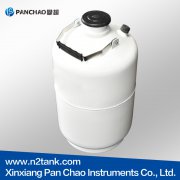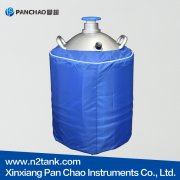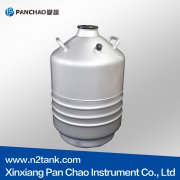Self - pressurized liquid nitrogen tank instruction manual
Editor:adminClick:
Time:2017-08-26 09:53
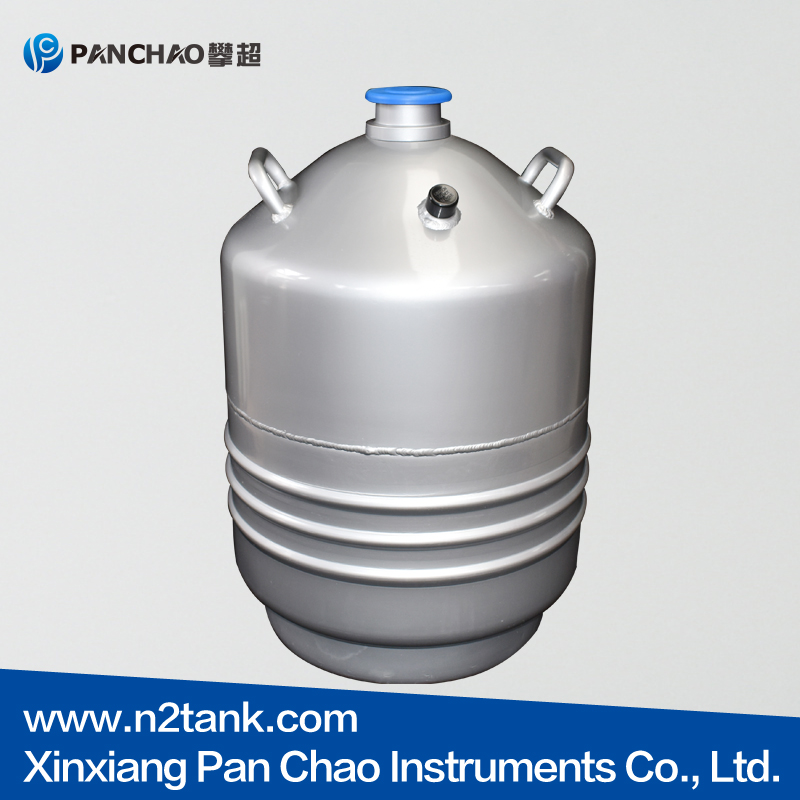
Self-pressurized liquid nitrogen tank is mainly used for the transportation and storage of liquid medium (liquid nitrogen, liquid oxygen, liquid argon), can also be used as other refrigeration devices cold source, the container by the liner, shell and instrumentation valve, the upper pressure table , Can easily observe the liner pressure, in order to improve the safety of the container with two safety valve.
Self-pressurized liquid nitrogen tank Use:
1, into the liquid:
When the inlet / drain valve is fed into the container and the liquid is filled into the container, open the vent valve, connect the infusion metal hose to the inlet / drain valve, open the inlet / drain valve, The liquid valve is added to the liquid medium and the liquid inlet is closed and the inlet / drain valve is closed.
2, liquid level instructions:
The use of the whole buoyancy level gauge is based on the principle of force balance to create a direct reading level gauge. By observing the yellow indicator ring in the transparent display, the level of the liquid level in the container can be directly indicated.
3, storage:
When you use the container to store the liquid medium, close the drain / drain valve and the booster valve and you must open the vent valve.
4, transport:
When you use the container to transport the liquid medium, the valve switch state should be the same as the storage, and the bottom of the box under the container seat in the cage, with the rope to the container firmly fixed in the car.
5, infusion:
If you want to output liquid from the container, please follow the procedure below:
(1), off the air valve;
(2), open the pressurized valve;
(3), observe the pressure gauge;
(4), when the pressure rose to 0.05MPa (0.5kg / cm2), open the drain valve, which can be continuous infusion.
Self-pressurized liquid nitrogen tank Instructions for use:
You have purchased the container from our factory except for the safety valve, all valves are closed.
Self-pressurized liquid nitrogen tank Note:
1, due to the larger heat of the container, the first liquid filling, the heat balance time is longer, you can first charge a small amount of liquid medium pre-cooling (20L or so), and then slowly filled (so easy to form ice block).
2, in order to reduce the loss of liquid after the future, you have a small amount of liquid in the container that is re-filling. Or within 48 hours after the liquid has been used to fill the liquid.
3, in order to ensure the safe and reliable use of containers, the container can only fill liquid nitrogen, liquid oxygen, liquid argon.
4, infusion, the container outside the surface of the water, frost, is a normal phenomenon. When the booster valve is opened for boost operation, since the booster coil is fitted with the inner wall of the outer cylinder, the heat of the outer cylinder is absorbed by the liquid in the coil to achieve the purpose of boosting, There may be spot-like frost on the outer tube. Close the valve, the cream will slowly dispersed. When the pressurized valve is closed without infusion work, the outer surface of the container with water, frosting phenomenon, indicating that the vacuum container has been destroyed, the container can not continue to use. Should be looking for professional manufacturers to repair or for waste disposal.
5, in the three or three below the road transport of liquid media, the car speed should not exceed 30km / h.
6, the container on the vacuum mouth, safety valve seals, seals can not be damaged.
7, if the container is not used for a long time, please discharge the liquid medium inside the container and blow dry, and then close all the valve storage.
8, the container in the liquid medium before filling, must be used to dry the container liner and all the valves, pipes dry, before the liquid medium can be installed, otherwise it will cause the pipeline icing blocked, affecting the pressure and infusion.
9, the equipment is a kind of instrumentation, the use of light should be gently, open the valve when the strength should not be too large, the speed can not be too fast; especially the metal hose and inlet / drain valve joints When the connection, can not be used to tighten too tight, a little hard to twist in place can be sealed (the ball structure is easy to seal), so as not to take over the twist or even twist, screw with a hand to hold the valve body.
Self-pressurized liquid nitrogen tank troubleshooting:
1, the valve has a leak phenomenon, which is due to the valve tightening nuts caused by tightly sealed, tightened with a wrench.
2, ice blocking phenomenon, in general, occurs in the booster coil, and sometimes occurs in the drainage pipe, which is due to the water into the container after the water, not fully discharged, at a low temperature condense into Ice, clogged the pipe. The solution is to first nitrogen from the cylinder to the container filled with nitrogen, the pressure inside the container rose to between 0.05MPa-0.09MPa, the container inside the liquid medium emptying; and then hot nitrogen or dry hot air on the ice Plug the pipe to blow out, the ice will be blown and discharged, close all the valves can be.
If you are interested in the liquid nitrogen tank or need other model, please click on our online customer service, or call us. Pchao, provide different model of the liquid nitrogen container.
Welcome sending your inquiry: Phone : +8613273728386
Email: info@n2tank.com
Latest Products
- 110m3 double wall cryogenic Liqu
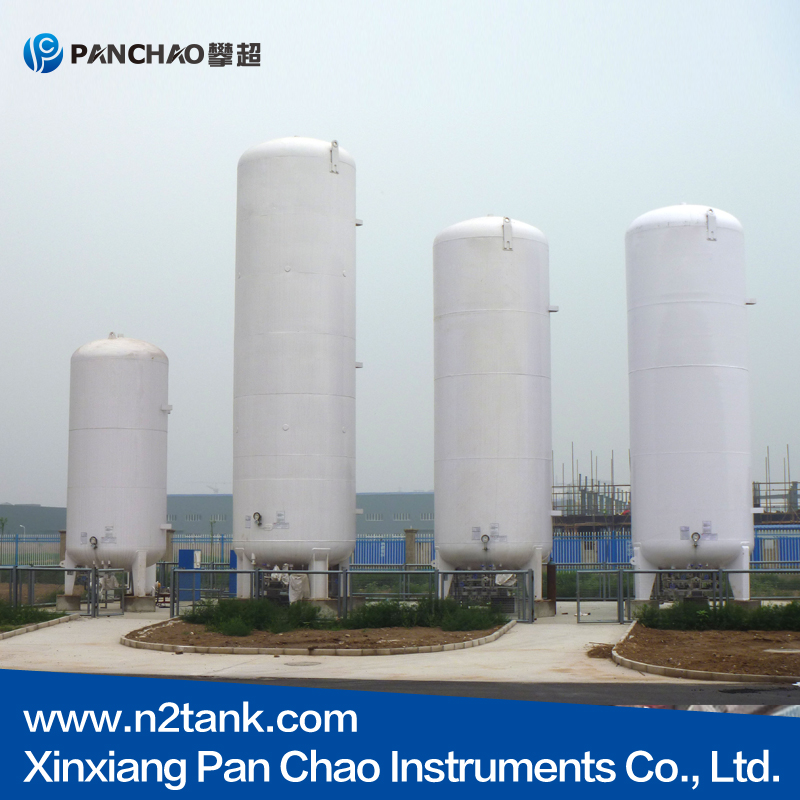
Cryogenic Liquid Tanks are available in vertical or horizonta...[more]
- 2vertical stainless steel pressu
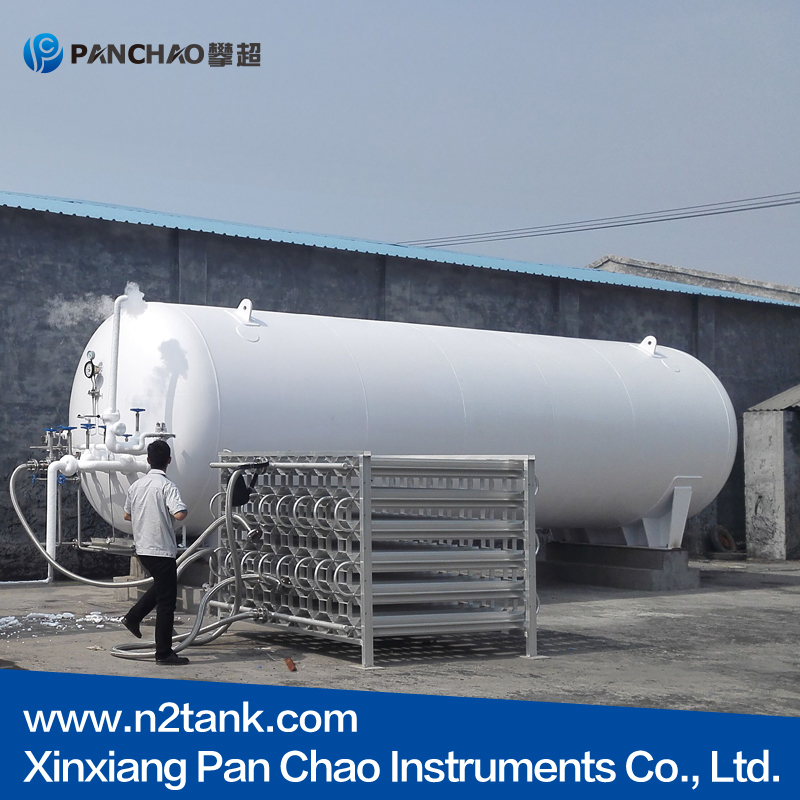
Cryogenic Liquid Tanks are available in vertical or horizonta...[more]
- 310 cubic meters cryogenic Liqui
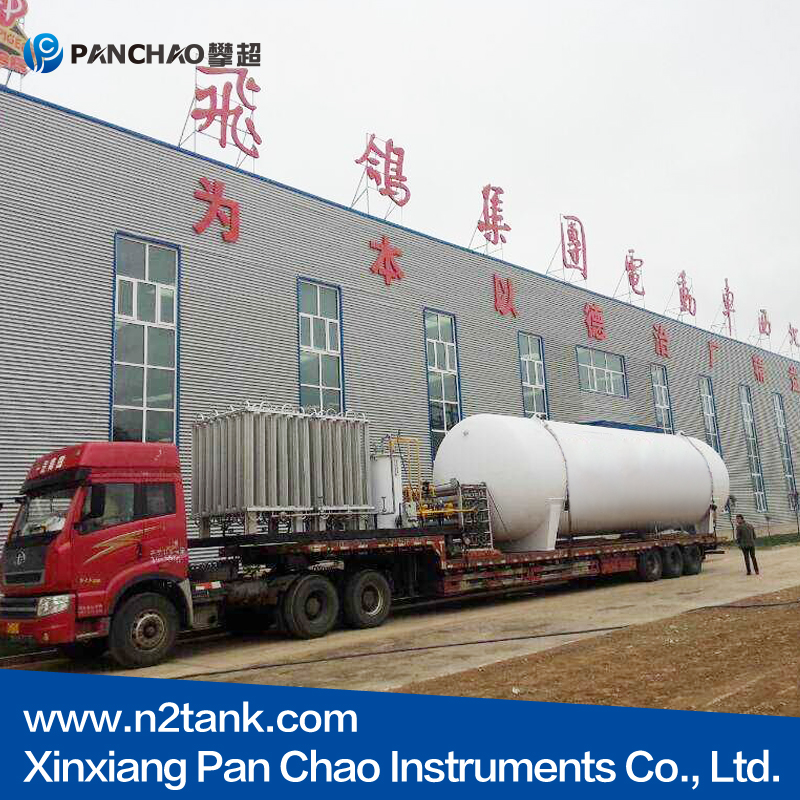
Cryogenic Liquid Tanks are available in vertical or horizonta...[more]
- 4GB150 pressure vessels cryogeni
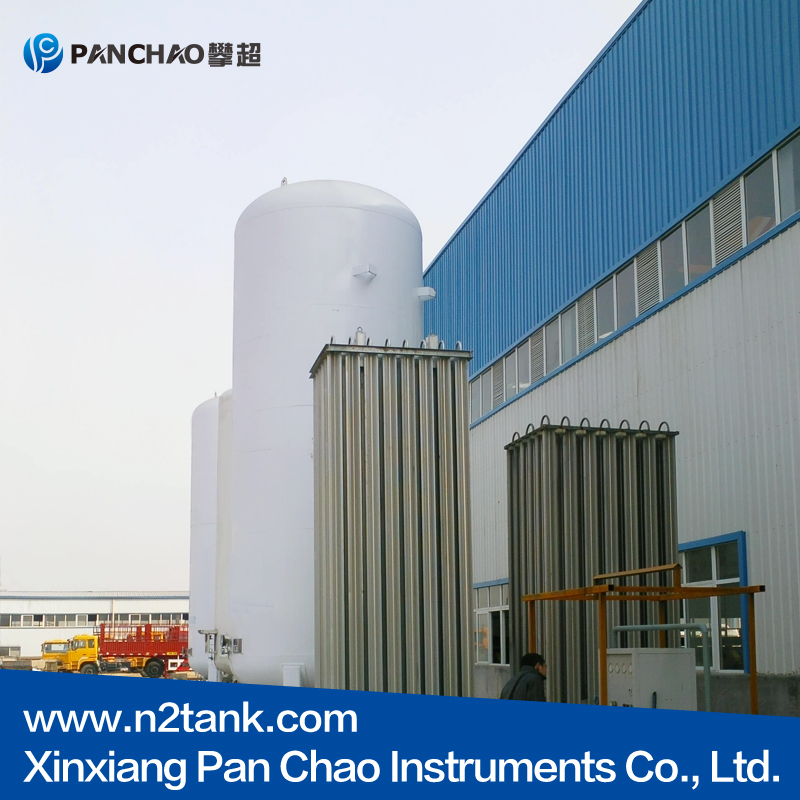
Cryogenic Liquid Tanks are available in vertical or horizonta...[more]
- 5New double Vertical cryogenic L
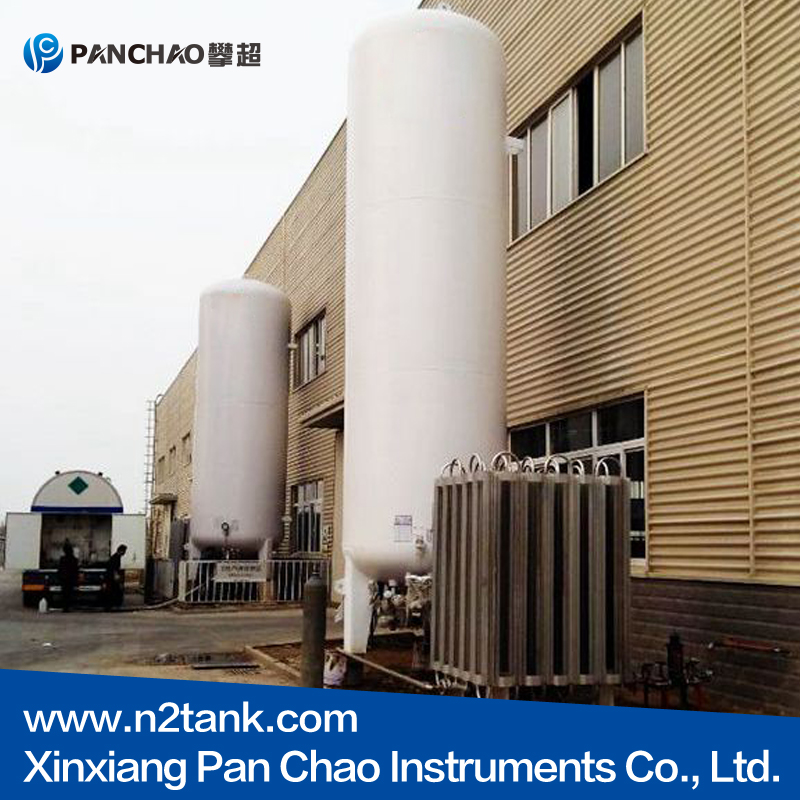
Cryogenic Liquid Tanks are available in vertical or horizonta...[more]
Rankings Of Similar Articles
- Knowledge of liquid nitrogen tank
- How to use liquid nitrogen tank? The proper use of liquid nit
- Application of liquid nitrogen tank in food industry
Latest Information
- How long is the liquid nitrogen stored in the liquid nitrogen
- When liquid nitrogen is full, the neck of liquid nitrogen tan
- How to reduce liquid nitrogen evaporation
- How to Keep Aircraft Aluminum Liquid Nitrogen Tank
- What are the factors affecting semen quality in liquid nitrog
- How to Clean and Maintain Liquid Nitrogen Tank after Freezing
- What causes the liquid nitrogen tank to be abandoned?
- Cell Processing Method for Dropping into Liquid Nitrogen Tank
- Liquid Nitrogen Tank and Frozen Semen Container
- Packaging requirements for transporting goods in liquid nitro

